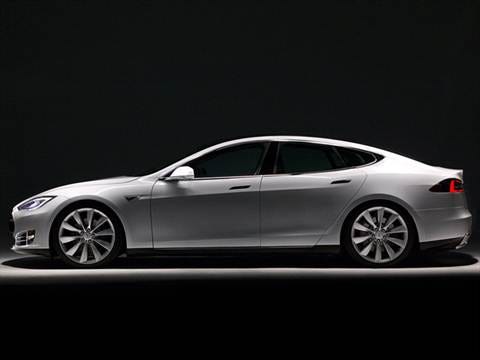Instead of buying a new EV, why not consider the advantages of buying used? Here are 14 cars that might be right for you.
July 30, 2019

Electric Vehicles (EVs) are finally reaching a stage where they can be used as practical vehicles. Increased range (some EVs can go over 250 miles on a charge) and the deployment of EV charging stations nationwide is helping to inch electrification of transportation toward the mainstream. But what of all of those vehicles that represented the early attempts at building and selling EVs? Many of them are available on the used market, often for surprisingly low prices.
In the not too distant past, some automakers sold EVs that were designed solely to comply with the California regulations that required that car makers offer a percentage of their fleet with zero emissions. Others embraced the idea that electrification might be the future. The EVs built in that first wave, between 2011 and 2016, were typically small, expensive, and had a range of 60-100 miles on a charge.
Buying a used car is always a risk—even with good documentation and service records, it is still hard to know how well a vehicle has been maintained and whether it has been abused. The good news about used electric vehicles is that EVs, with fewer moving parts than traditional gasoline powered vehicles, have been shown to be mechanically robust and reliable, requiring little beyond routine maintenance. In addition, because of their limited range, they often have accumulated quite low mileage for their year, another positive.
But there is one major concern: the battery pack. The condition of the lithium ion battery pack that powers EVs depends enormously on how it has been treated during its lifetime. Repeated fast charging, completely depleting the battery, or operation at hot or cold temperature extremes can result in a battery pack with reduced capability when compared to when it was new. Just normal aging of a pack can result in a reduction of around 5% capacity per year. Many car makers placed warranties on their battery packs, typically 8 years or 100,000 miles. Some early EVs on the used market are nearing that age limit. So the range quoted for a new EV in 2015 may not be reached by a used EV in 2019 with an aging pack.
There is some good news for those contemplating a used EV. The cost of lithium ion batteries has fallen dramatically, from well over $1000 per kilowatt-hour (kW) just a few years ago to less than $200 per kWh today. There has grown up a cottage industry of specialists who can rejuvenate a used EV pack, replacing malfunctioning cells and returning them to nearly new capacity. There are also some aftermarket computer tools available to assess to condition of a pack—suffice it to say that any buyer of a used EV should do their homework before considering such a purchase.
To examine the prices of some available used EVs, Design News reached out to Kelly Blue Book (KBB) to provide current used car prices. KBB is an industry standard for reliable used car pricing. We chose to price our cars as if they were in Very Good condition and if we were buying from a dealer. The prices when buying from a private seller might be slightly lower. We reported the current used price for the first year a vehicle was available, the used price for a 2018 model of the vehicle or the last year it was available, and the new vehicle price (MSRP from KBB) for the last year it was available, or for 2019 if the vehicle is still available.
With prices that range from less than $5,000 to more than $60,000, here are some used EVs to consider.
Senior Editor Kevin Clemens has been writing about energy, automotive, and transportation topics for more than 30 years. He has masters degrees in Materials Engineering and Environmental Education and a doctorate degree in Mechanical Engineering, specializing in aerodynamics. He has set several world land speed records on electric motorcycles that he built in his workshop.
About the Author(s)
You May Also Like



